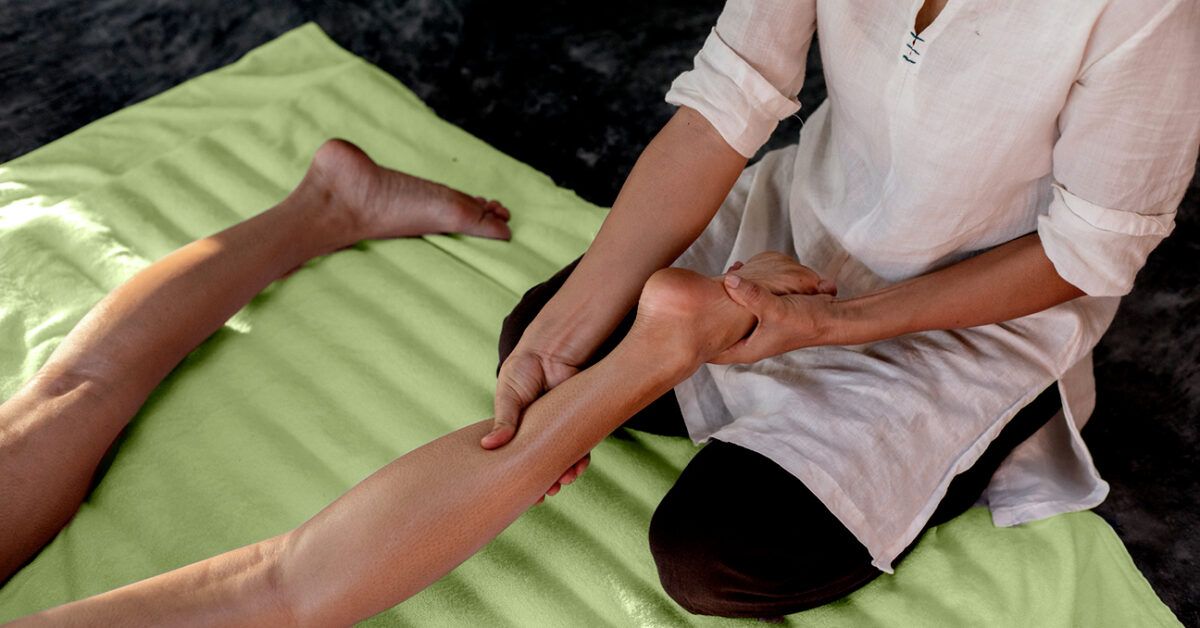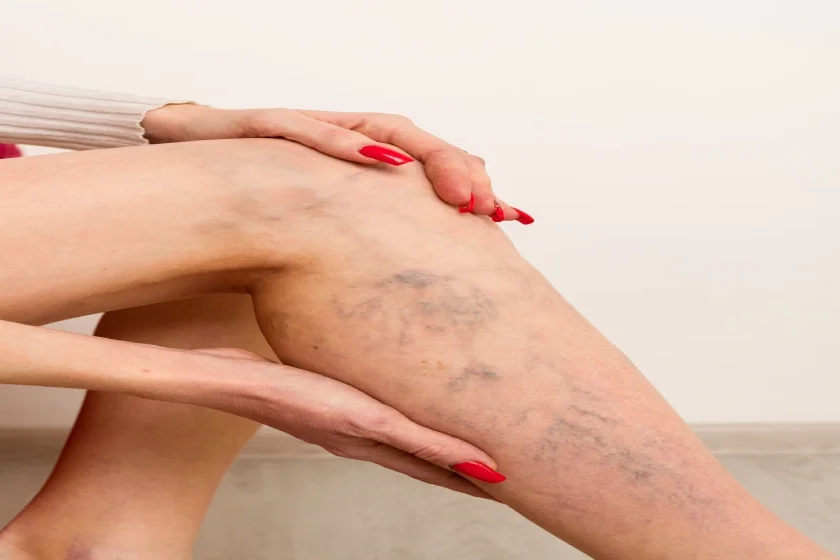Varicose veins are enlarged, twisted, and often bluish veins that typically appear on the legs and feet. They result from malfunctioning valves within the veins that impair proper blood flow, causing blood to pool and veins to stretch. These veins are usually visible beneath the skin and may cause discomfort or cosmetic concern.
According to the National Institutes of Health (NIH), varicose veins affect an estimated 20% of adults, with women more frequently affected than men due to hormonal factors and pregnancy-related changes.
Causes of Varicose Veins
Varicose veins are primarily caused by chronic venous insufficiency, a condition where the valves in the leg veins fail to function correctly. Healthy veins have one-way valves that keep blood flowing toward the heart. When these valves weaken or become damaged, blood can flow backward and accumulate in the veins.
Common Risk Factors
- Prolonged standing or sitting: Occupations that involve long periods of immobility can impair blood circulation.
- Age: As people age, vein walls and valves can weaken, increasing the risk of venous insufficiency.
- Pregnancy: Hormonal changes and increased abdominal pressure during pregnancy can raise the risk.
- Genetics: A family history of varicose veins can significantly increase one’s likelihood of developing the condition.
- Obesity: Excess body weight increases pressure on the veins, especially in the lower limbs.
- Hormonal changes: Particularly during menopause or while using hormonal medications such as birth control pills.
(Source: Mayo Clinic)

Symptoms of Varicose Veins
While varicose veins are often visible, they may or may not cause physical discomfort. Symptoms can range from mild to severe and tend to worsen after prolonged standing or sitting.
Common Signs and Symptoms
- Bulging or twisted blue or purple veins near the skin’s surface
- Heaviness or aching in the legs
- Swelling in the lower legs and ankles
- Muscle cramps or throbbing
- Itching around the affected veins
- Skin discoloration or hardening, especially near the ankles
In more advanced stages, complications can include:
- Venous ulcers (open sores usually near the ankles)
- Superficial thrombophlebitis (inflammation and clotting in superficial veins)
- Spontaneous bleeding from enlarged veins due to minor trauma
(Source: Johns Hopkins Medicine)

Diagnosis
Varicose veins are generally diagnosed through a physical examination by a healthcare provider, often followed by non-invasive imaging to assess vein function and structure.
Diagnostic Tools
- Duplex Ultrasound: This is the most common test and uses sound waves to assess the direction of blood flow and detect vein valve problems.
- Doppler Ultrasound: Evaluates blood movement and valve efficiency within the leg veins.
- Venography (rarely used): A special dye is injected into the veins and X-rays are taken to provide a detailed image of the vein structure.
(Source: American Vein & Lymphatic Society)

Treatment Options
Treatment for varicose veins depends on the severity of symptoms and cosmetic concerns. In many cases, conservative management is effective, especially for mild symptoms. For more advanced cases, minimally invasive or surgical procedures may be recommended.



